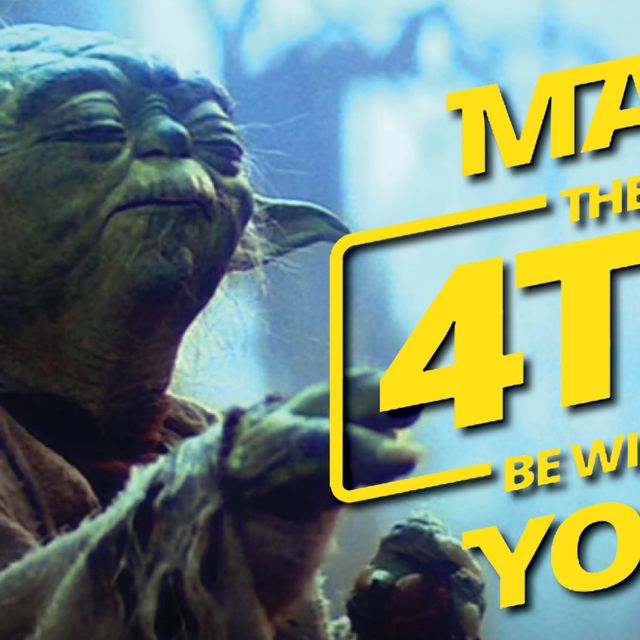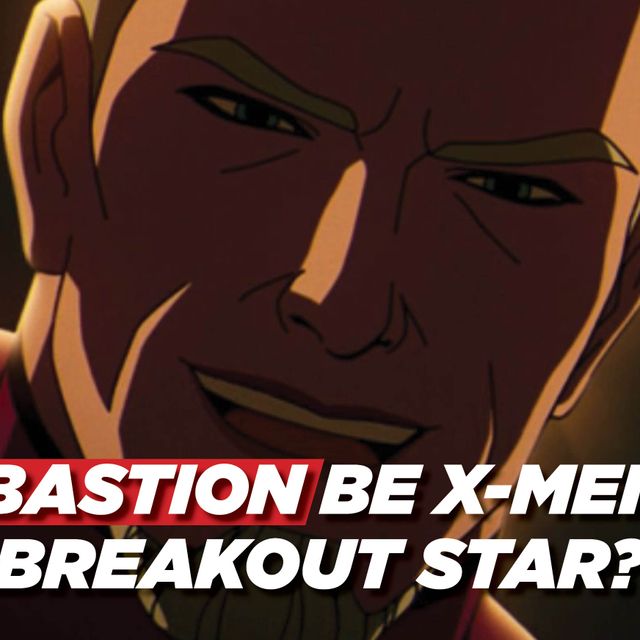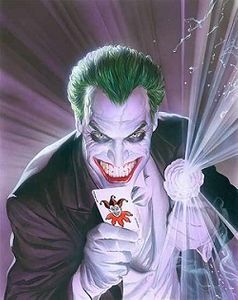
Costs of Slabbed and Graded Books (rough estimate)
The cost of slabbed and graded books is not cheap. It runs between $18 and $28 per book not including Fastpass or some other add-on. Further, you pay freight to the company doing the grading and back to your home as well. That essentially means a minimum of $35 to the graders and another $35 back. So now we are looking at another $70 of cost to have your glorious book graded. Basically, it runs anywhere from $88 to $98 to have one book sent to your grader of choice. Obviously, the more books you send the cheaper the shipping can be, you get the idea.
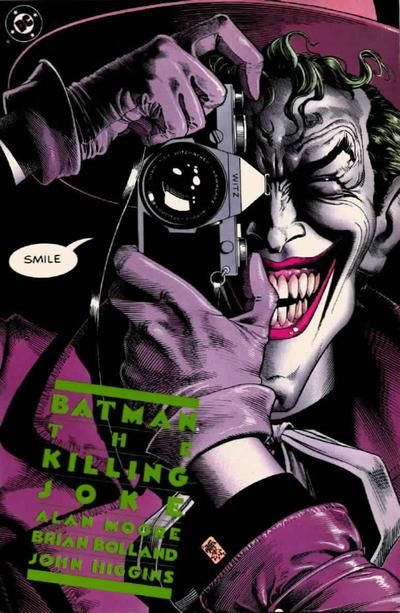 The Killing Joke (First Print)
The Killing Joke (First Print)
The Killing Joke was part of Joker's rise to power as the most popular villain of the DC Universe. This book was written by Alan Moore, he shreds the last decency as the villain of yesteryear from the Joker and puts on the big boy pants of destruction and sadism. This book was created in 1988 and the art (pencils and ink) was done by Brian Bolland. For the time it was one of the most impressive images of Joker to date.
Buying at a Loss
I recently purchased a book slightly above its market value. The Killing Joke (First Print) had already been slabbed and graded at an 8.5 grade. The price from the collector was not unreasonable at $85. It was a little high $15 above the FMV of $70 for this comic book. Now, this particular book has 14 different prints. Some had next to zero value, while others are rare and more expensive than the first print. I have three rules I follow buying at a loss.
Three Rules
- The character and book must be popular
- The price cannot be higher than 30% above the regular market price.
- The chance for a future catalyst (movie or TV series) must exist, we certainly aren't going to see the 3D-Man anytime soon in a Marvel movie.
This Killing Joke checked off all these boxes, and I had always wanted to own a copy. I didn't buy it to crack the case and press. It was already a guaranteed grade when I purchased it, and someone had spent a great deal of money getting it CGC'D. I didn't have to worry about getting a bad grade sending in a rag to be slabbed. I was purchasing a known quantity which is the benefit of trading in and out of CGC slabs. In a nutshell, I traded the uncertainty and additional cost of CGC for a lower grade and a book in-hand. Prices for slabbed books fluctuate drastically, especially above near mint-minus so if I really was stuck I could just sell at the nearest upswing.
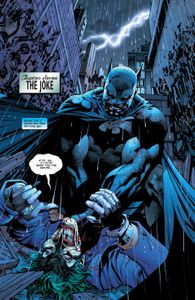 Conclusion
Conclusion
This was only a small risk for a primary character and a very popular book. I felt I could resell it at a moment's notice for most of what I had paid. Further, when I calculated using GoCollect.com the analysis matched my understanding of future value. Namely, by calculating the one-year return trend in a grade 8.5 which has returned a positive +27.5% profit trend; then if that pattern held I would be in the money in one year and in profit in two. This last point is the most important part of my thesis summed up best with this old proverb, "A bird in the hand is worth two in the bush."
This purchase was not even a long shot, simply a high probability of success despite buying at a loss. Sometimes with investments, the guaranteed return is worth an initial overpaid entry fee. You don't need to strangle the Joker within an inch of his life to get paid off like a hero.
Get your GoCollect gear today


